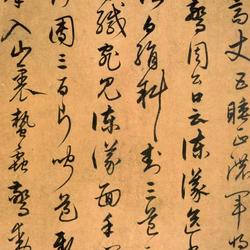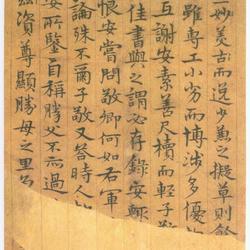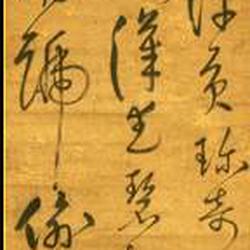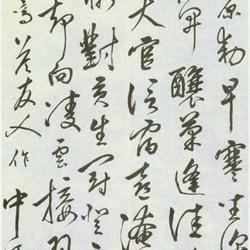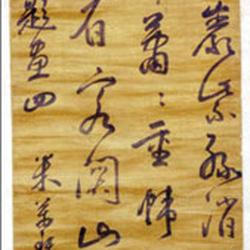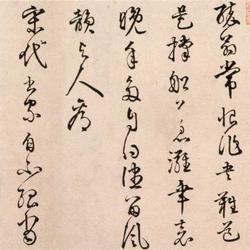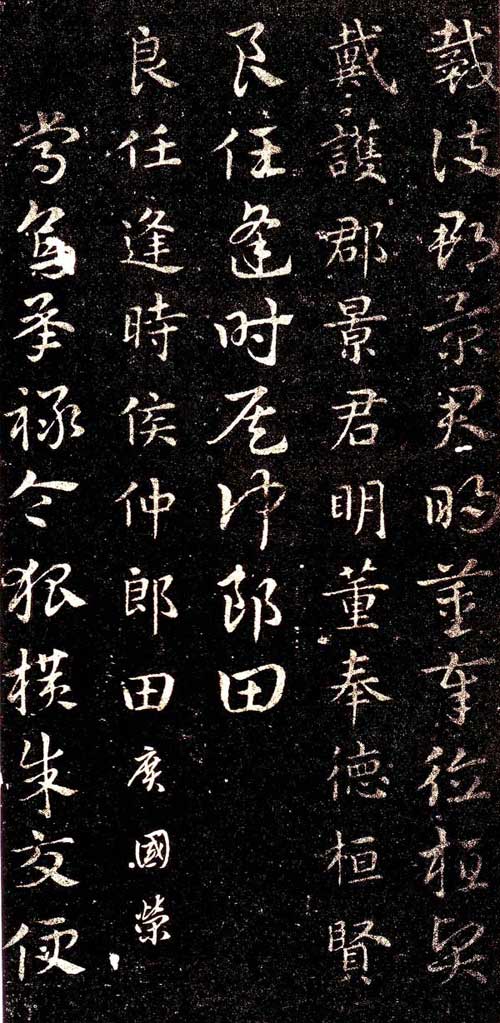
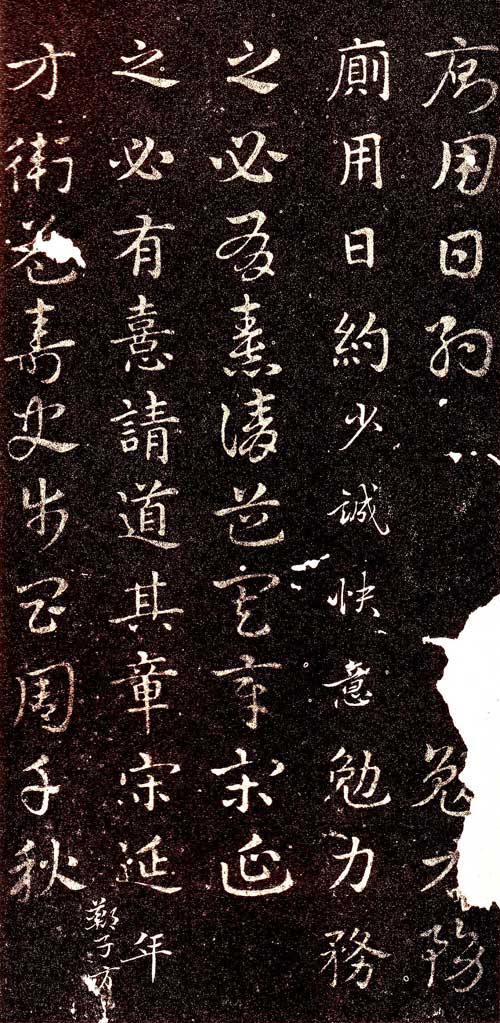
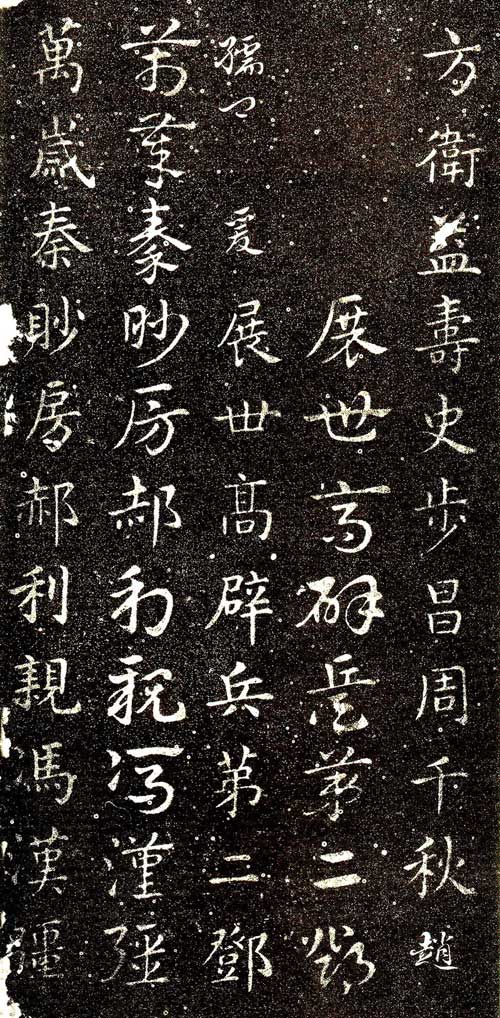
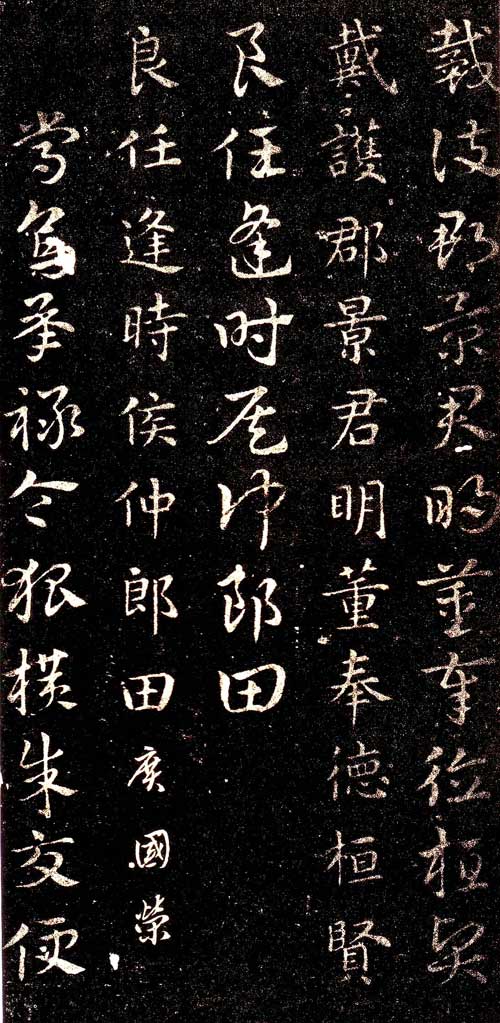
"Ji Jiu Zhang", formerly known as "Ji Jiu Pian", is a literacy textbook compiled by Huangmenling Shi You under the order of Emperor Yuan of the Western Han Dynasty for children. It is named after the word "jiji" at the beginning of the chapter. "Jijiupian" uses different characters to form three-, four- or seven-character rhymes, covering various aspects such as name, organization, biology, rituals and music, official positions, etc. It is like a small encyclopedia. This text has been the main literacy textbook circulated in society from the Han Dynasty to the Tang Dynasty. At the same time, the standard and elegant copy also serves as a model for writing. After the Tang Dynasty, the position of "Jijiupian" as the leading elementary school textbook was replaced by "Thousand-Character Classic", "Hundred Family Surnames" and "Three-Character Classic".
The earliest written version of "Ji Jiu Zhang" that has been handed down to this day is said to be the Huang Xiang Shu, and a printed version is circulating today. Among them, the most famous one was engraved by Ye Meng of the Song Dynasty in the fourth year of Zhengtong (1439) of Yang Zheng in Jishui (now part of Jiangxi Province) in the Ming Dynasty. According to the Yingchang version, it was carved in Songjiang, so it was named "Songjiang version". The original stone is now in Songjiang. County Museum. This chapter has one line each in cursive and regular script. The fonts are standardized and the writing is vigorous. It integrates changes in unity. The structure of the characters is slightly flat, and the characters are not connected with each other. Some strokes have a thin tip, which can be lifted up after heavy pressing, forming an irregular triangle, which has become an important feature of the calligraphy. The stippling in this book is simple, dignified, and subtle, and the brushstrokes are mostly official. Although the strokes are filamentous, they are measured, and each word is independent and restrained. The horizontal strokes, strokes, and stipples are mostly made of ripples, and the whole piece has a simple, gentle, calm, and natural atmosphere. The recent scholar Shen Zengzhi said in "Hai Ri Lou Zha Cong": "Reading this book carefully, the writing style is all about Bo Fa, and Bo Fa is purely an eight-point style, but it is eight-point for Tang people and not eight-point for Han people." This post had a great influence on later generations. , is still the representative work of Gu Zhangcao and is also one of the recognized Zhangcao models.

